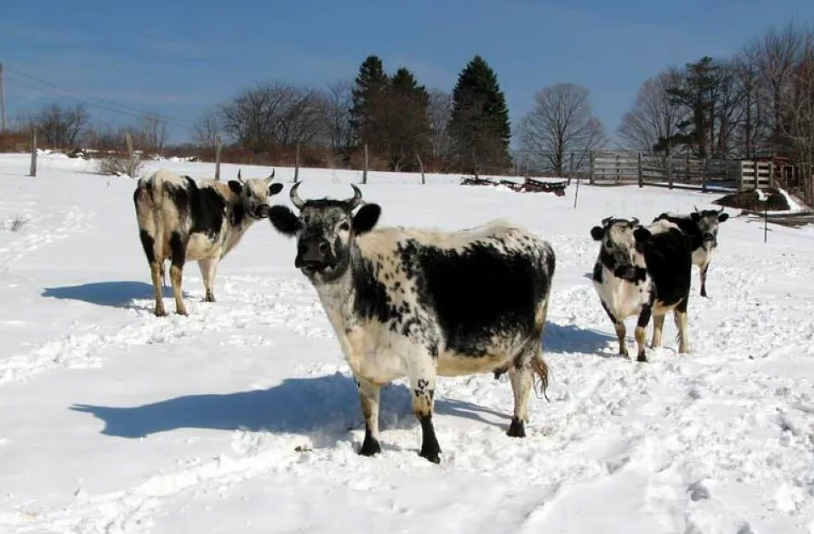Optimal indoor temperatures for different types of animals differ. Cows feel great at 10-16 ° C, but for their young animals it is necessary to maintain a temperature regime of up to 25 ° C. Pigs need to be maintained at 12-20 °C, and piglets a few degrees higher. This is very important for maintaining normal thermoregulation of animals. If the temperature is below normal, then this process is upset. This leads to an increase in heat transfer in animals.
With high humidity and the presence of drafts, this process is very negative. Other reasons for the increase in heat transfer are poor feeding, disturbed hairline, lack of body fat. The action of cold on animals has two stages: adaptation to protection and oppression by cold. Reducing the temperature norm to a critical level causes a protective reaction in the animal's body. The blood vessels constrict. This helps reduce heat transfer. The efficiency of this process is 70%.
The reaction of animals to cold is expressed in a change in posture. Temperature discomfort leads to shrinking and twisting. This is especially true for birds. At the same time, the process of generating heat production begins. Reflex changes in muscles begin. They are reduced, the tone rises and energy movements increase. This leads to a strong expenditure of energy, which leads to an increase in the animal's appetite. This is a natural need to restore energy.
Feed consumption for food in cold weather increases by 20%. Economically, this is very unprofitable. Therefore, it is necessary to maintain the optimum temperature in the premises. This is confirmed by the data on the weight gain of pigs. In a normal temperature environment, the weight gain is 900 grams, if the temperature is 5 degrees below the norm, then the weight gain will be 500 grams. Decreased productivity of chickens. If the temperature on the poultry farm is below the norm by 5 degrees, then laying hens produce 12% less eggs. Thus, we can clearly say that if the temperature standards for keeping animals are not observed, the efficiency of animal husbandry decreases.
It is especially difficult for sick animals, emaciated individuals, and animals undergoing a molting period to experience the process of falling temperatures. The presence of such animals must be taken into account additionally.
In winter, the diet also changes. It becomes more scarce. Animals receive less vitamins. If the farm is not ready for winter with good fodder, then this is reflected in the livestock. Therefore, in winter, it is very important to carry out additional measures to warm the premises for animals, to create an additional food base of energy, vitamin and mineral resources. This will significantly increase the vitality of animals during wintering. The organization of walks will make up for the lack of vitamin D in the body of the animal. Daylight will contribute to this. Walks can be carried out in open-air cages or in nature in special pens.
Winter period at the breeder

